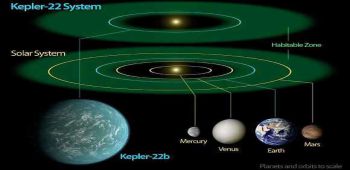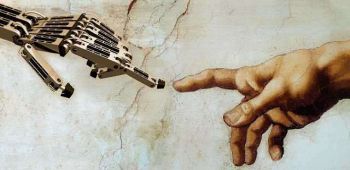Whether Jesus had any siblings is an old debate within Christianity. A number of passages within the New Testament have been stoking this speculation for almost two thousand years. The Gospel of Mark mentions Jesus having brothers and sisters, while the Gospel of Matthew talks about his “brothers" James, Joseph, Simon and Judas. Are these references more figurative than literal, meaning these are just spiritual brothers? An incredible recent find of an ancient text just put James back in the spotlight of this controversial mystery.
For Catholics, the perpetual virginity of Mary means she did not give birth to other children after Jesus. So there’s no question of there being biological brothers to Jesus, although some Catholic scholars can see Jesus having cousins - a position supported by St. Jerome in the fourth century.
Another saint who lived around the same time, Epiphanius, the bishop of Salamis, argued that Joseph had children from a previous marriage, which would make them Jesus’s step-siblings.
Many Protestant churches, on the other hand, are open to Mary having other children, with Jesus being the oldest. Ben Witherington III, professor of New Testament Interpretation at Asbury Theological Seminary, thinks that James and Jesus were full brothers.
In late 2017, scholars announced the discovery an original Greek copy of a heretical Christian manuscript that tells the story of what Jesus secretly taught his “brother" James - also known as “James the Just", an early leader of the Church.
Several fragments from the “First Apocalypse of James" were identified by the biblical researchers Geoffrey Smith and Brent Landau from the University of Texas at Austin. Previously, all versions of this fifth- or sixth- century document were only available in Coptic translations.
The writings were a part of the Nag Hammadi library at Oxford University, containing 13 Coptic Gnostic books, found in 1945 in Egypt. Gnosticism was a Jewish Christian mystical movement in the 1st and 2nd century AD.
The text of the “First Apocalypse of James" is apocryphal - not accepted into the official canons of Christianity as it was defined in 367 A.D. by Athanasius, Bishop of Alexandria. It tells of Jesus’s teachings to James, to whom he often refers to as “my brother," about heaven and future happenings, including when James would die. Thus it is also specified by Jesus that James is not his “brother materially".
Smith also noted that their discovery shows that Christians were reading and studying texts outside the main canon even long after they were prohibited.
More specifically, as Landau elaborated in an email to Newsweek, what the text fragments reveal is Jesus reassuring James that although a violent death awaits them both, death is not something to be afraid of. James just needs to know how to act when death comes.
In particular, when James gets to the afterlife, he would have to face hostile demons called "archons" - but Jesus can help overcome them. To Gnostics, the seven archons were servants of the Demiurge, the "creator god". The role of the archons was to prevent the human race from reaching the transcendent God.
The scientists conjecture that the fragments, which feature very uniform handwriting and words broken by syllables, were used as a teacher’s tool, to help students learn to read and write.

 Want To Be A Better ..
Want To Be A Better ..
 Second Solar System ..
Second Solar System ..
 Lightning Bolt And A..
Lightning Bolt And A..
 Noble Prize Winner E..
Noble Prize Winner E..
 Android Evolution..
Android Evolution..
 Can Salt Water Quenc..
Can Salt Water Quenc..
 Are Animals Born Wit..
Are Animals Born Wit..
 Exhibiting New Sense..
Exhibiting New Sense..




















Comments